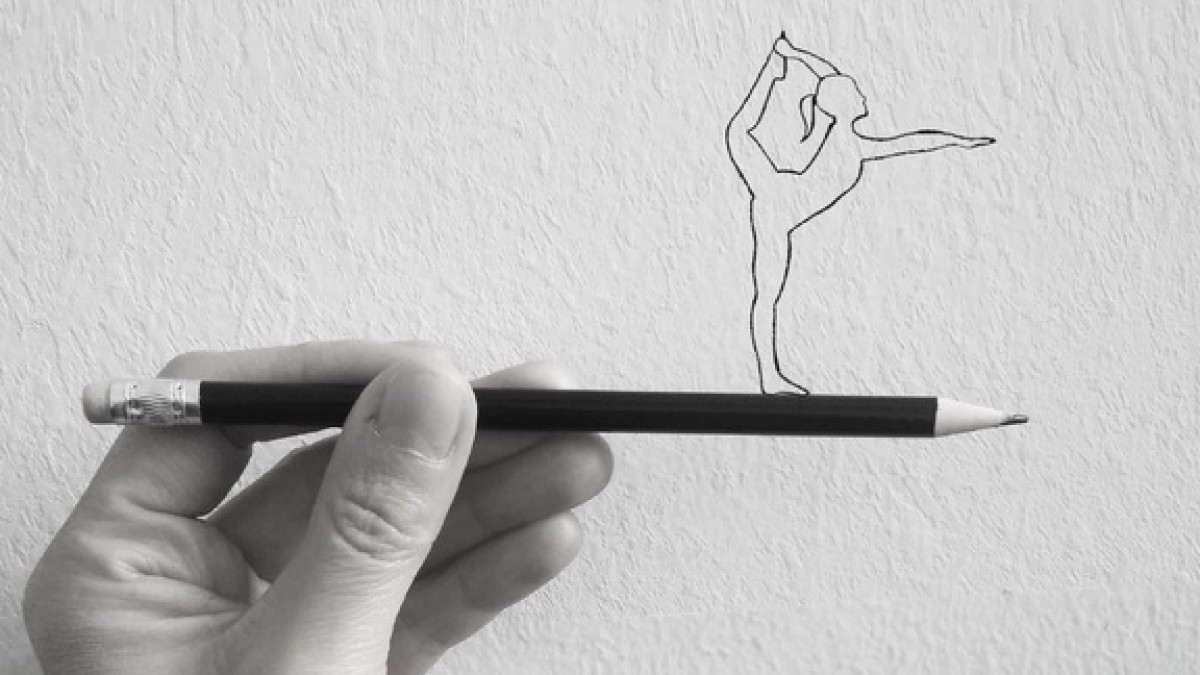New Season. New Focus. A Guide to Defining Your Dance Goals

Diving into how to define your dance goals
Setting goals is a powerful way to envision your future and motivate yourself to turn that vision into reality. However, large goals can feel overwhelming and impossible to achieve. The key to success lies in breaking them down into smaller, manageable steps. Let’s look at how to break down your dance goals to make them more achievable and keep you motivated.
1. Define Your Big Goal
Start with a clear and specific long term goal. For example, instead of saying, "I want to improve my turns,” specify what that means to you, such as “I want to be consistent at performing clean double pirouettes by the end of the year.” Write down your motivation for achieving this goal. What will your dancing look like once you achieve this goal? How will you feel having mastered this skill in your dancing? Try only having one or two main goals to work towards at a time. Otherwise, you will end up overwhelmed and spread too thin.
2. Identify Key Milestones
Milestone are significant markers of progress that help track your journey toward the final goal. For the example of improving your double pirouettes, this might mean being able to perform a clean double pirouette 50% of the time within 2 months and >80% of the time in 4 months.
3. Create Sub-Goals
Sub-goals are short-term, more specific goals to help you reach each milestone. These are specific tasks, actions, or exercises that contribute to achieving the milestone. In our pirouette example, these exercises address different elements that you will need to successfully do a double pirouette. First identify different areas that will need more strength or mobility first, then create a measurable goal around that. These need to have measurable elements, so that you can tell if you are actually making progress. For instance:
- Milestone: perform clean double pirouettes 50% of the time in 2 months
Sub-Goal 1: hip strength = be able to hold a single leg bridge for 60 seconds
Sub-Goal 2: ankle strength = be able to perform 25 single leg relevés with a straight knee to your highest relevé
Sub-Goal 3: balance = be able to stand in a parallel passe with eyes closed for 30 seconds
4. Break Down the Time Frame
Now that you have smaller tasks that you know you can do to reach your larger goal, let’s look at the timing for reaching these goals. Divide the total time frame into smaller, more manageable chunks. For a four-month goal, consider breaking it down into monthly milestones and check-in with your progress each month. This makes the process less daunting and easier to track. Your long term goal is not going to be achieved overnight, so be reasonable in creating your timeline. Here is an example:
Every 2 weeks, be able to hold a single leg bridge for 10 seconds longer without letting the pelvis drop.
In 2 months, be able to perform 20 single leg relevés with a straight knee to full height.
5. Develop a Detailed Action Plan
For each sub-goal, outline the specific actions you need to take. This might include:
Strength Training Routine: Schedule strength training sessions 3x/week for 20 minutes.
Balance Training Routine: Stand on one foot every morning while brushing your teeth.
6. Monitor Progress Regularly
Regularly review your progress towards both your milestones and sub-goals. This could be monthly check-ins where you evaluate what's working and what needs adjustment. Celebrate your achievements and identify areas for improvement. If you feel like you are stuck and not making progress, ask your dance instructor or a dance medicine/science specialist for feedback. These mentors can also serve as accountability partners and provide encouragement to stay on track towards your goals.
Remember to be flexible and willing to adjust your plan as necessary. Life can be unpredictable, and setbacks may occur. If you miss a sub-goal, don’t get discouraged. Instead, analyze what went wrong, make necessary adjustments, and continue moving forward.
Reminder:
Breaking down large goals into smaller, manageable steps is a proven strategy for achieving success. By setting clear milestones, creating detailed action plans, and regularly monitoring your progress, you can make even the most ambitious goals attainable. Click here to download a worksheet that will help you break down your dance goals. Remember, the journey of a thousand miles begins with a single step—so start stepping today!
Check out this downloadable worksheet that will help you define your goals this season: Defining Dance Goals Worksheet
I have read and agree to the terms & conditions. We will not spam you.
 Dr. Chelsea Moehlenbrock
Dr. Chelsea Moehlenbrock 